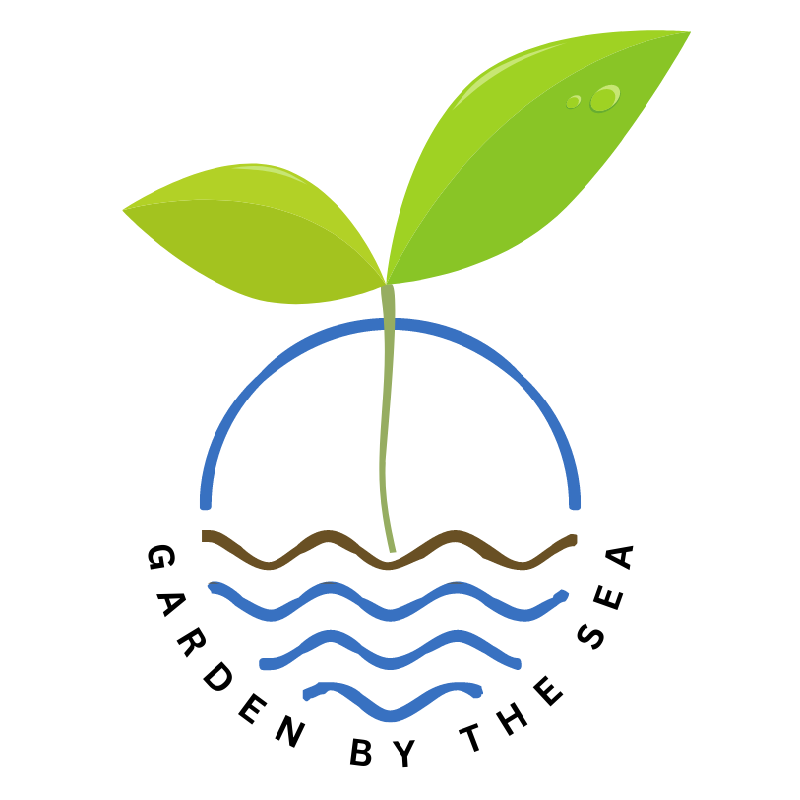Are you Watering Enough?
 Believe it or not, one of the biggest problems in Western Washington summer gardens is that they don’t get enough water. Some people may think that since we live in a rainy and cool climate our gardens really don’t need that much water. Where that may be true in the winter and spring, our summers-and even into early fall-can be quite dry. And just sprinkling on the surface now and then really doesn’t help our struggling plants. Plants absorb water through their roots, so gardeners need to be sure to water deep enough to get down to where the roots are.
Believe it or not, one of the biggest problems in Western Washington summer gardens is that they don’t get enough water. Some people may think that since we live in a rainy and cool climate our gardens really don’t need that much water. Where that may be true in the winter and spring, our summers-and even into early fall-can be quite dry. And just sprinkling on the surface now and then really doesn’t help our struggling plants. Plants absorb water through their roots, so gardeners need to be sure to water deep enough to get down to where the roots are.
Plants do most of their growing (including flower and fruit production) from late spring through September, the months that are the driest. Most areas in our yards require about an inch of water per week during this time so when there is limited rainfall, supplemental irrigation is required.
Some established healthy trees and shrubs can get by with less water. It is a good practice to water these plants deeply and less often to encourage the plant to develop deeper roots, which helps them become more drought tolerant. Seeds and young seedlings on the other hand require moisture closer to the surface, so water them more frequently and about one to two inches deep.
It is a good idea to get to know your plants, whether they are vegetable crops, flowers, or shrubs to understand how deep their root systems are and how much moisture they need. For example, root vegetables like carrots and potatoes grow deep below the surface and require constant moisture so they don’t develop tough spots. Leafy greens like lettuce and spinach have more shallow roots so keeping the top 2-3 inches of soil damp is important.
And don’t wait for your plants to wilt! If this happens too often the health of the plants will suffer.
Best Watering Tips for your Garden
- Use a sprinkler, soaker hose, or drip system to water rather than hand watering. Deep watering by hand is very time consuming and it is possible the water won’t go deep enough.
- Monitor how much water your garden is getting by digging into the soil to see where the moisture level is. If it is wet on the surface, but dry an inch or so down, then it is not getting enough water.
- Water during the cool parts of the day to keep water from evaporating.
- Water in the morning or early enough in the evening so foliage has a chance to dry before the sun goes down. This will help prevent diseases such as powdery mildew.
- Try to water at the plant’s base and avoid the leaves whenever possible.
- Overwatering is also a problem because it can wash nutrients away from your plants. And be sure potted plants have good drainage so roots don’t get waterlogged.
- Keep your garden weeded. Weeds can rob precious moisture from your plants.
- Consider using mulch, either plastic or organic, around your plants to help reduce evaporation.
- Moist environments along with loose mulch can attract slugs so bait for them as needed.
Enjoy your gardens and don’t forget to water thoroughly to keep landscape plants strong and healthy, and your vegetable gardens producing abundantly all season long.
Source: WSU King County Extension Master Gardener Program, Fact Sheet #11



